Gyeyangsanseong Museum
Gyeyangsanseong Museum
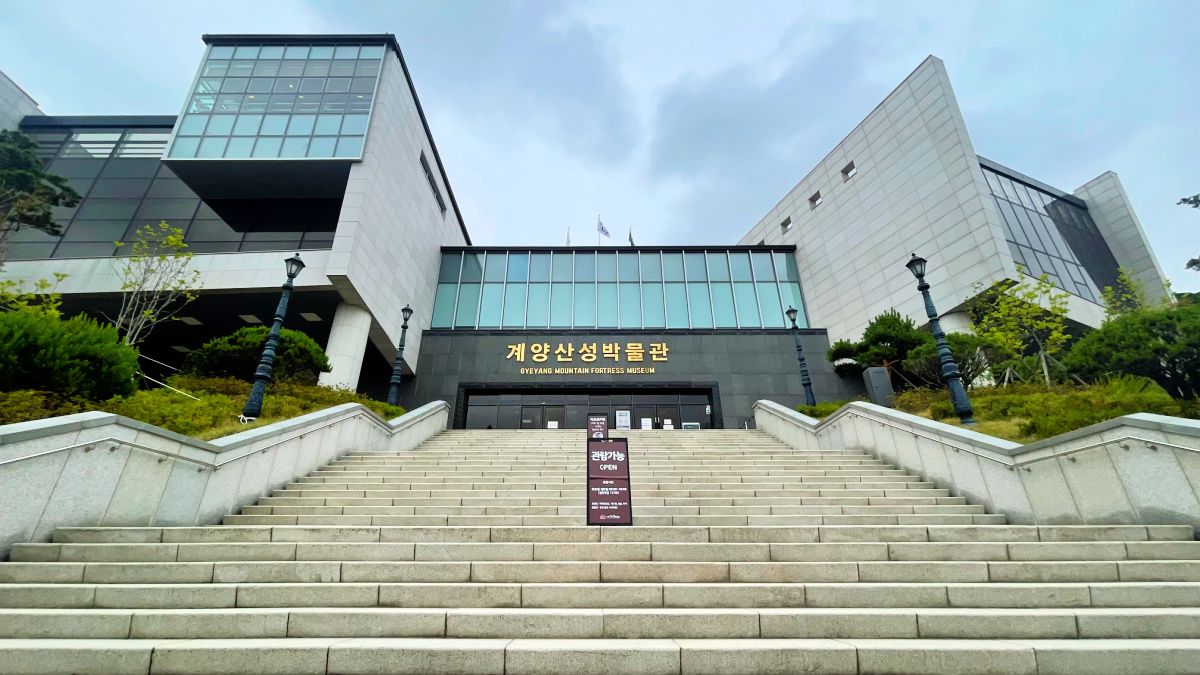 Gyeyangsanseong Museum's entrance area
Gyeyangsanseong Museum's entrance areaGyeyangsanseong Museum is a newly-completed museum exhibiting the story, historical data, and artifacts about the ancient walls and fortress that existed in the past. The museum is tucked by the foothills of Gyeyangsan or Gyeyang Mountain in Gyeyang Disctrict, Incheon City, South Korea.
 Entrance area of the museum
Entrance area of the museum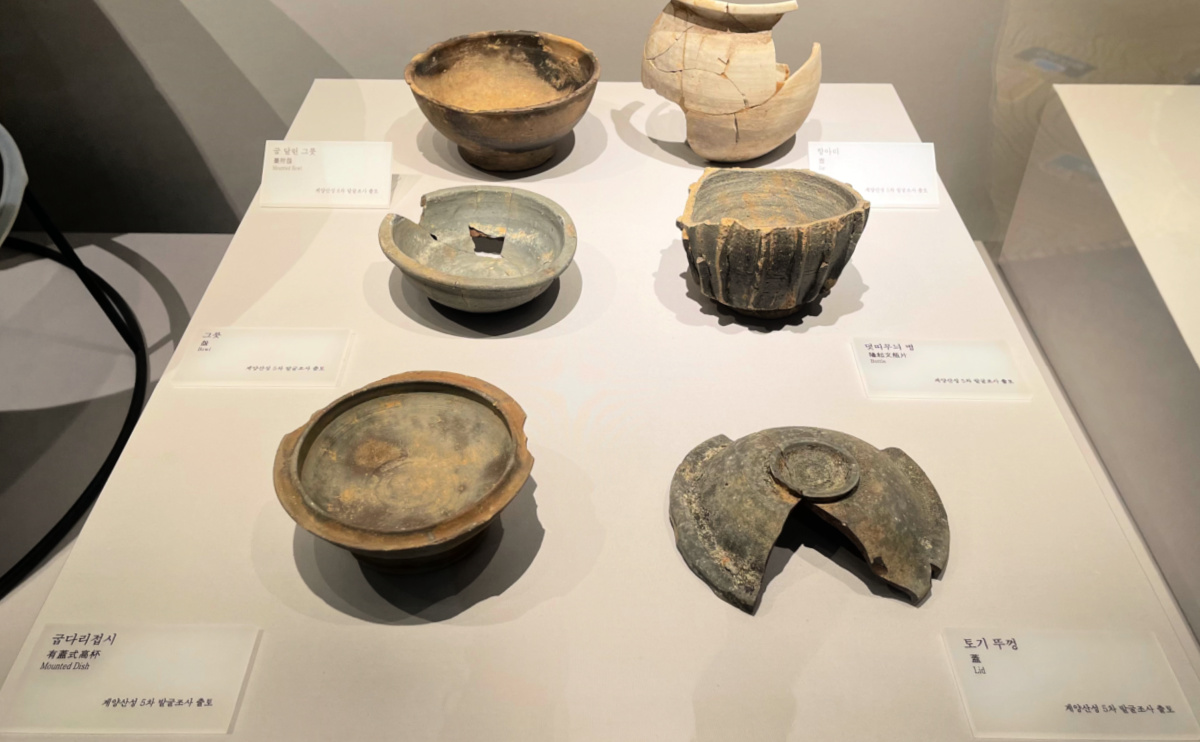

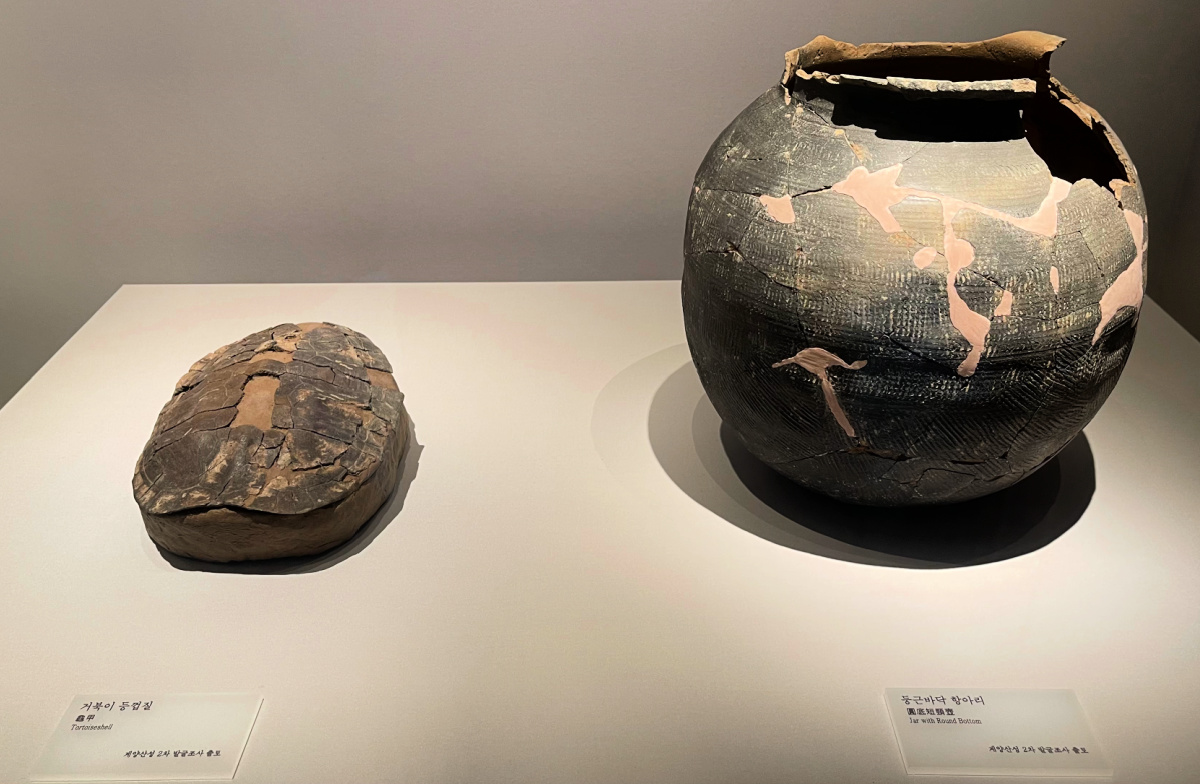
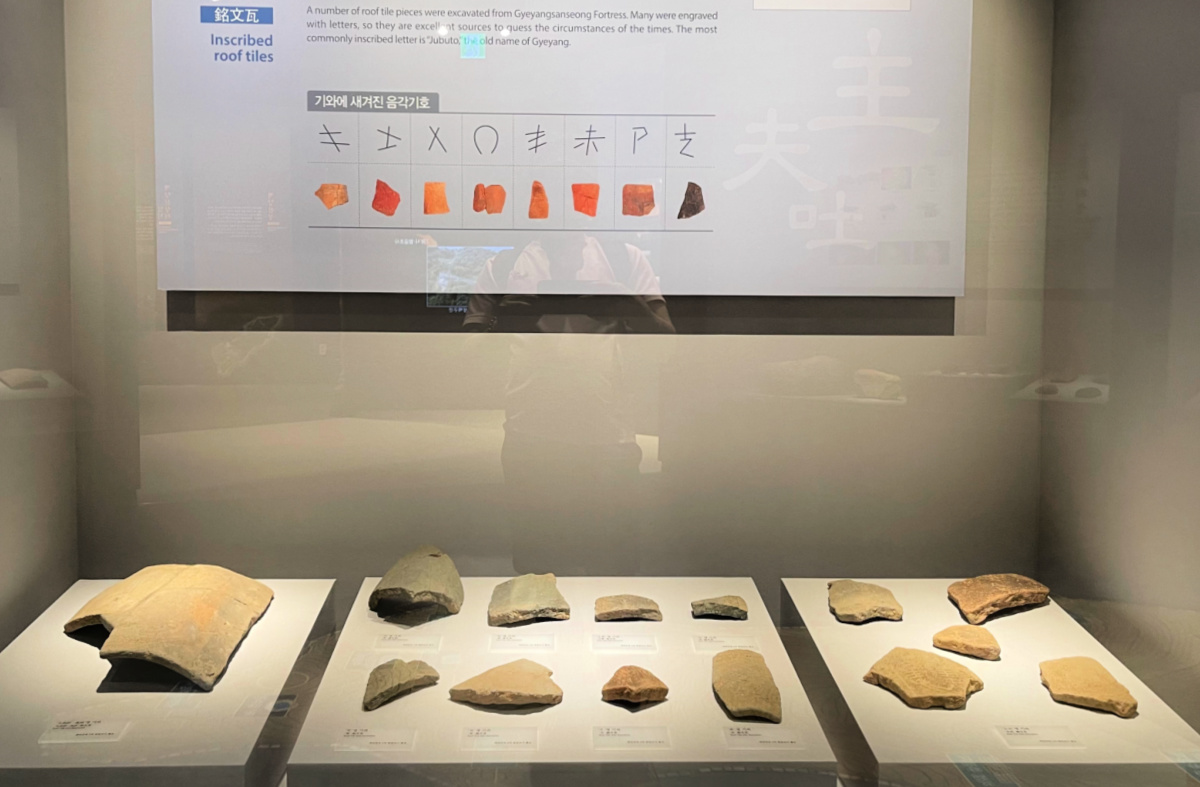
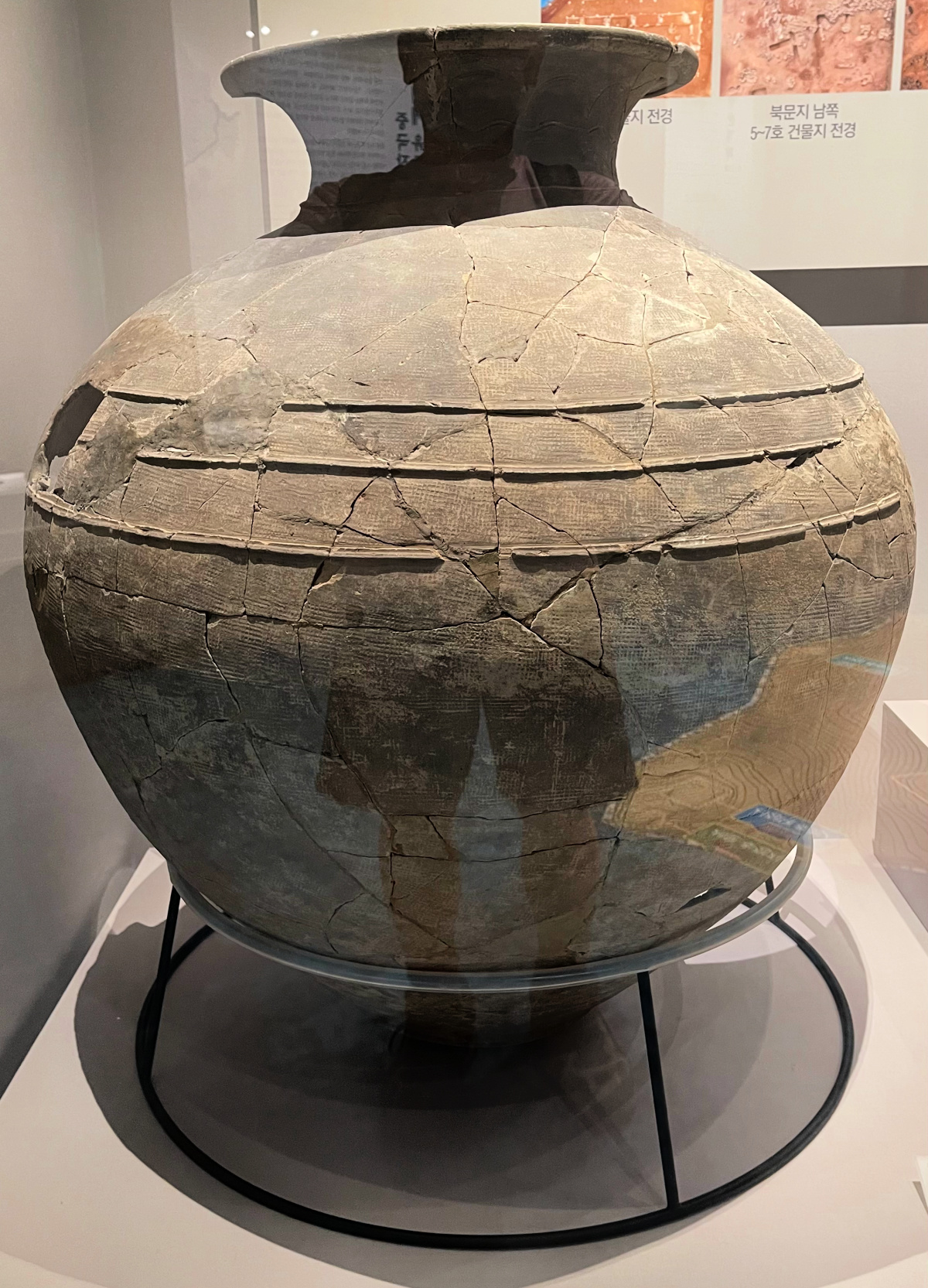
What Is A Sanseong (fortress)?
Korean fortresses are defences, walls, and forts constructed by Korean during the Three Kingdoms Period of Korea. Koreans developed their style of building such defences to protect themselves against foreign invaders.
Beginning with Goguryo Kingdom, Korea has been called “a country of fortresses as almost 2,400 mountain fortress sites have been discovered.
There are various kinds of Korean fortresses, including sanseong (mountain fortress). Other fortresses built aside from the mountains are called eupseong (city fortress), pyeongjiseong, gwanseong, jangseong, chaekseong, and more.
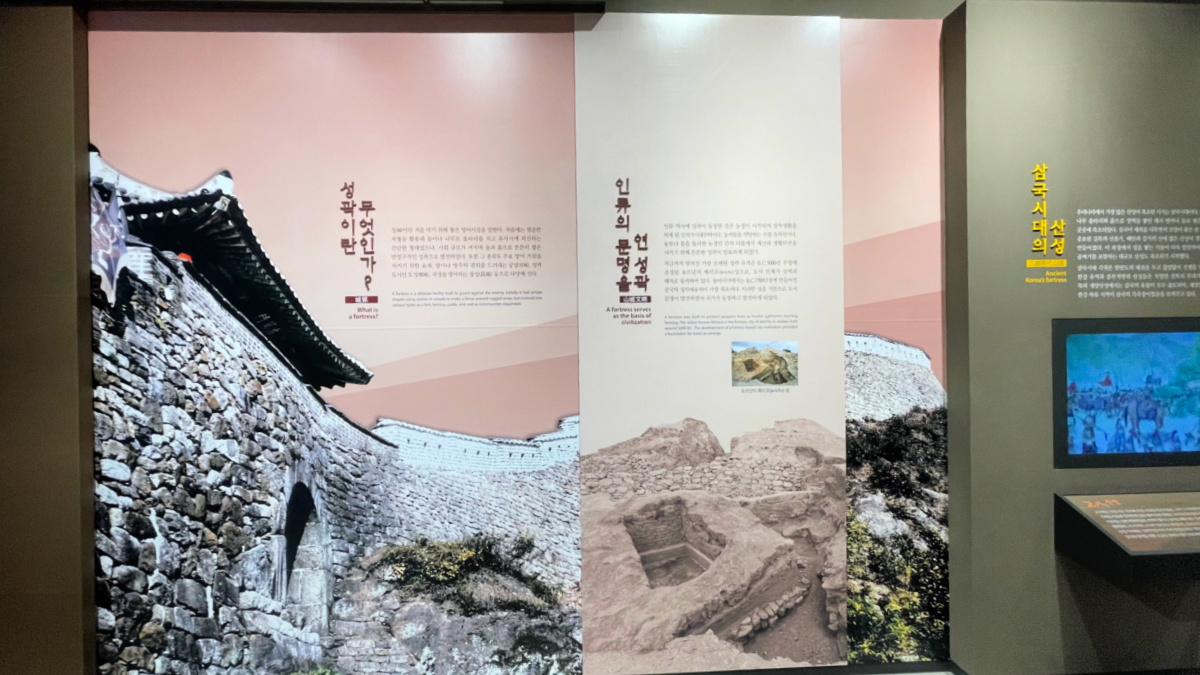 What's a Korean fortress like? This section describes the mountain fortresses in Korea.
What's a Korean fortress like? This section describes the mountain fortresses in Korea.This section describes what a Korean fortress is like.
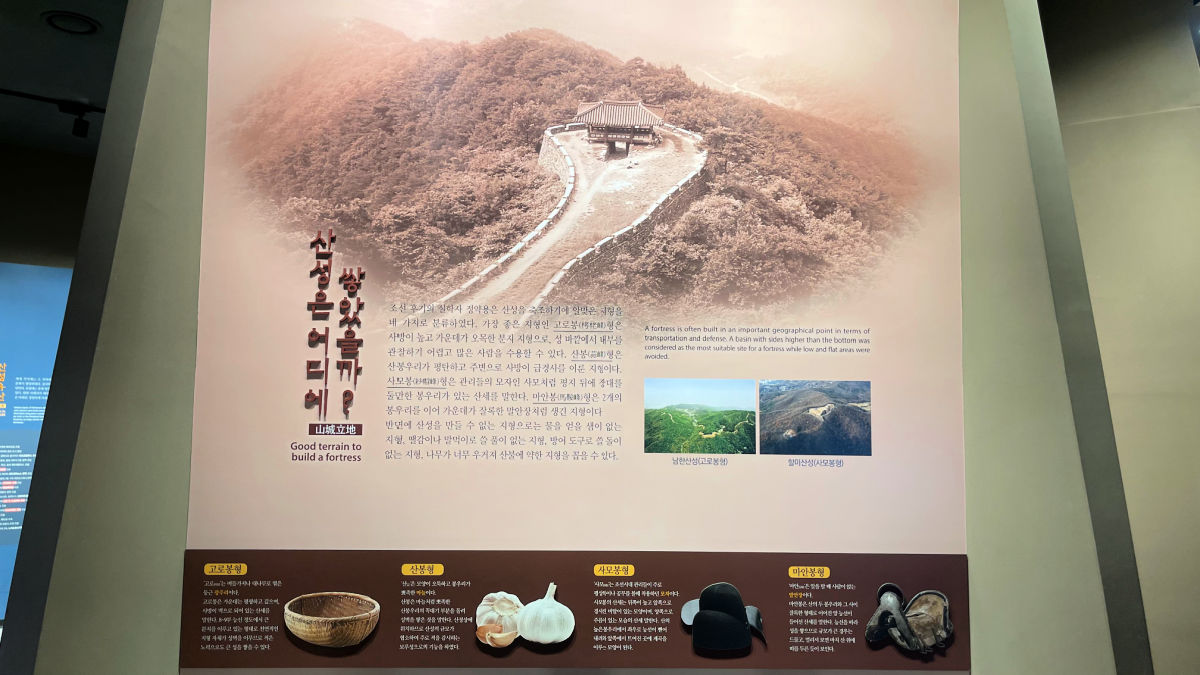 Korean fortresses were basically built on favorable terrains to gain an advantage against invading foreign invaders.
Korean fortresses were basically built on favorable terrains to gain an advantage against invading foreign invaders."Since the 19th century, a fortress became a key location for defending against the invasion of imperial powers. Soldiers inside Jeongjoksanseong Fortress defeated our French forces. Moreover, a fortress served as the base for the resistance movement of civil militias assembled in various parts of the country against the Japanese invasion.
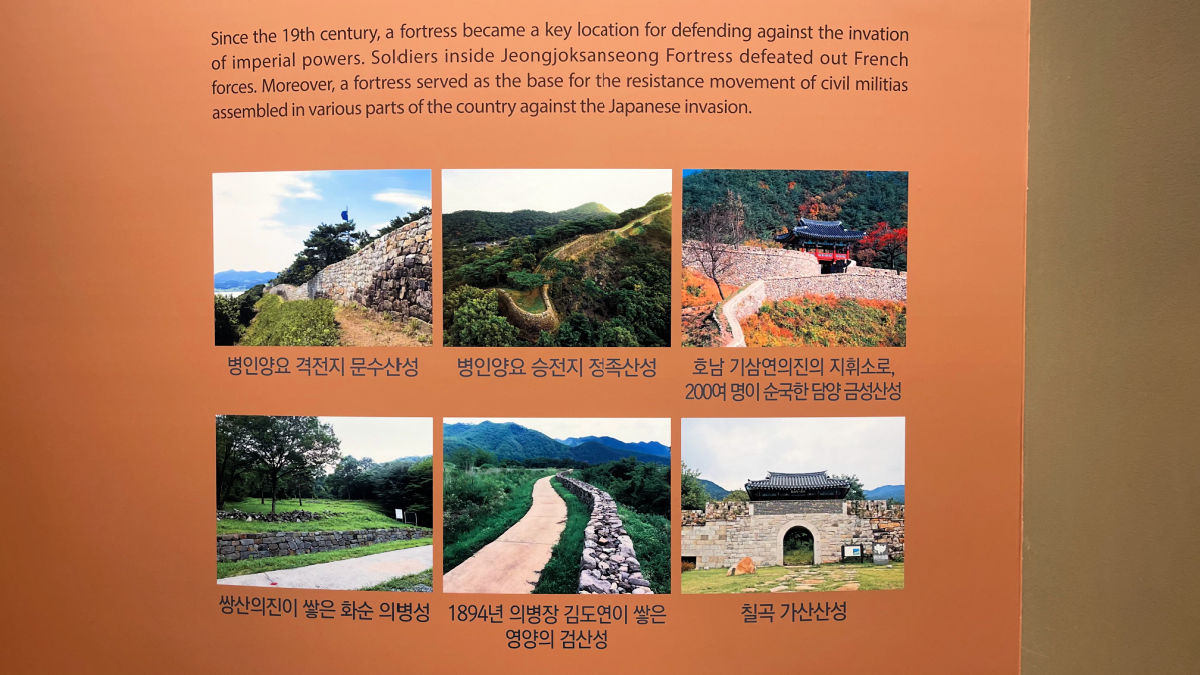 Mountain fortresses and walls in ancient Korea.
Mountain fortresses and walls in ancient Korea.Invasions In Korea
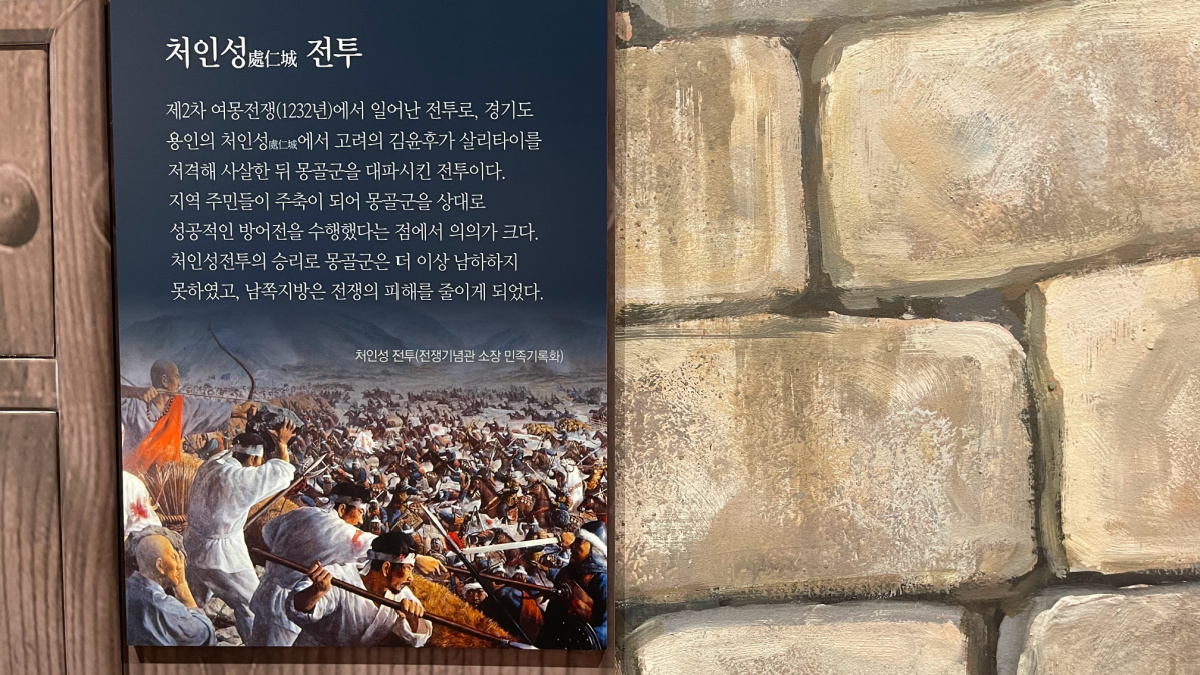 A painting depicting a battle against the Mongolian invaders in 1232.
A painting depicting a battle against the Mongolian invaders in 1232.Throughout much of its history, Korea has been invaded, influenced, and fought over by its larger neighbors. It has suffered about 900 invasions during its 2,000 years of recorded history.
In 1231, the Mongols began their invasions of Korea during seven major campaigns and 39 years of struggle, but were unable to conquer Korea.
Constructing Fortresses: Tools
Korean fortresses, including Gyeyangsanseong, were basically made of earth and stones. The walls were built by cutting the mountainsides or digging up and piling eath into a cast to bank it up.
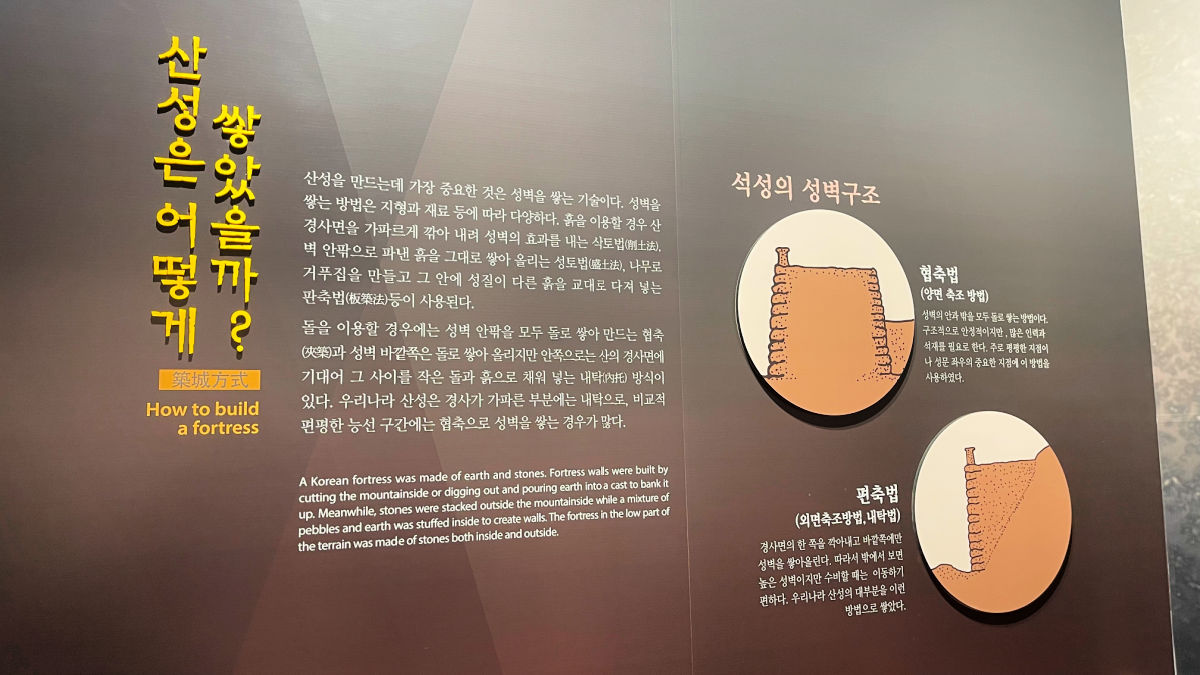 How To Build A Fortress...
How To Build A Fortress...Korean fortresses were invented by Goguryeo and spread to Baekje and Silla, and then inherited and further developed by Goryeo and then Joseon.
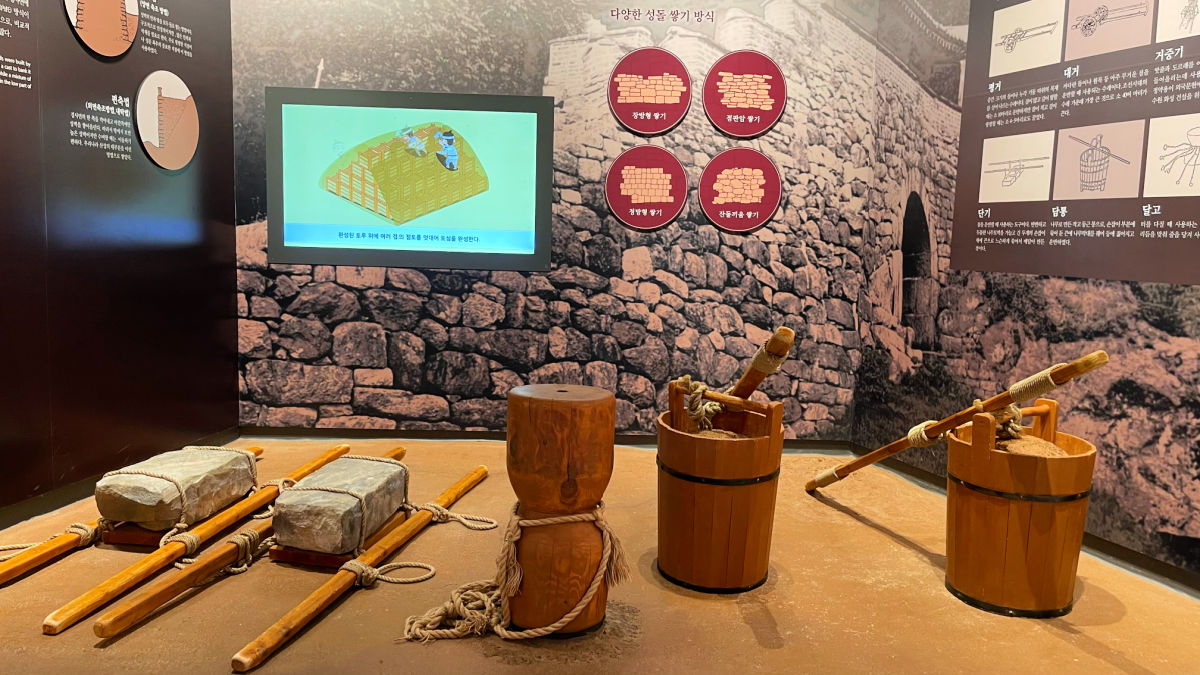 Tools for building a fortress
Tools for building a fortressStructure of Korean Fortress
A Korean fortress was built to prevent invaders and preserving and sustaining the insiders of the fortress. Various structures were built to support the defence efforts and the lives of the soldiers and inhabitants of the fortress.
Mainly, the fortress structure included a moat, gate, fortress walls, square bastions, drainage system, and wells. Inside the walls were warehouses, barracks, and other facilities including reservoirs.
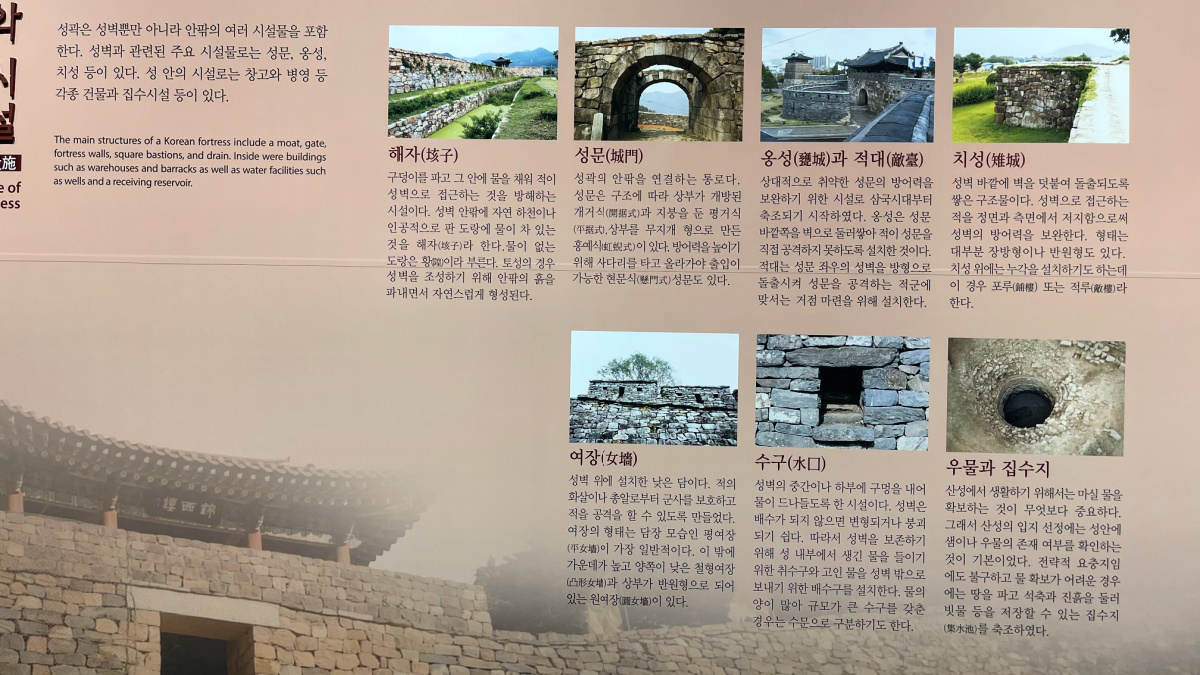 The photo above shows a fortress' structure including warehouses, barracks, well and water reservoir, etc.
The photo above shows a fortress' structure including warehouses, barracks, well and water reservoir, etc. 계양산성
계양산성Cultural Center
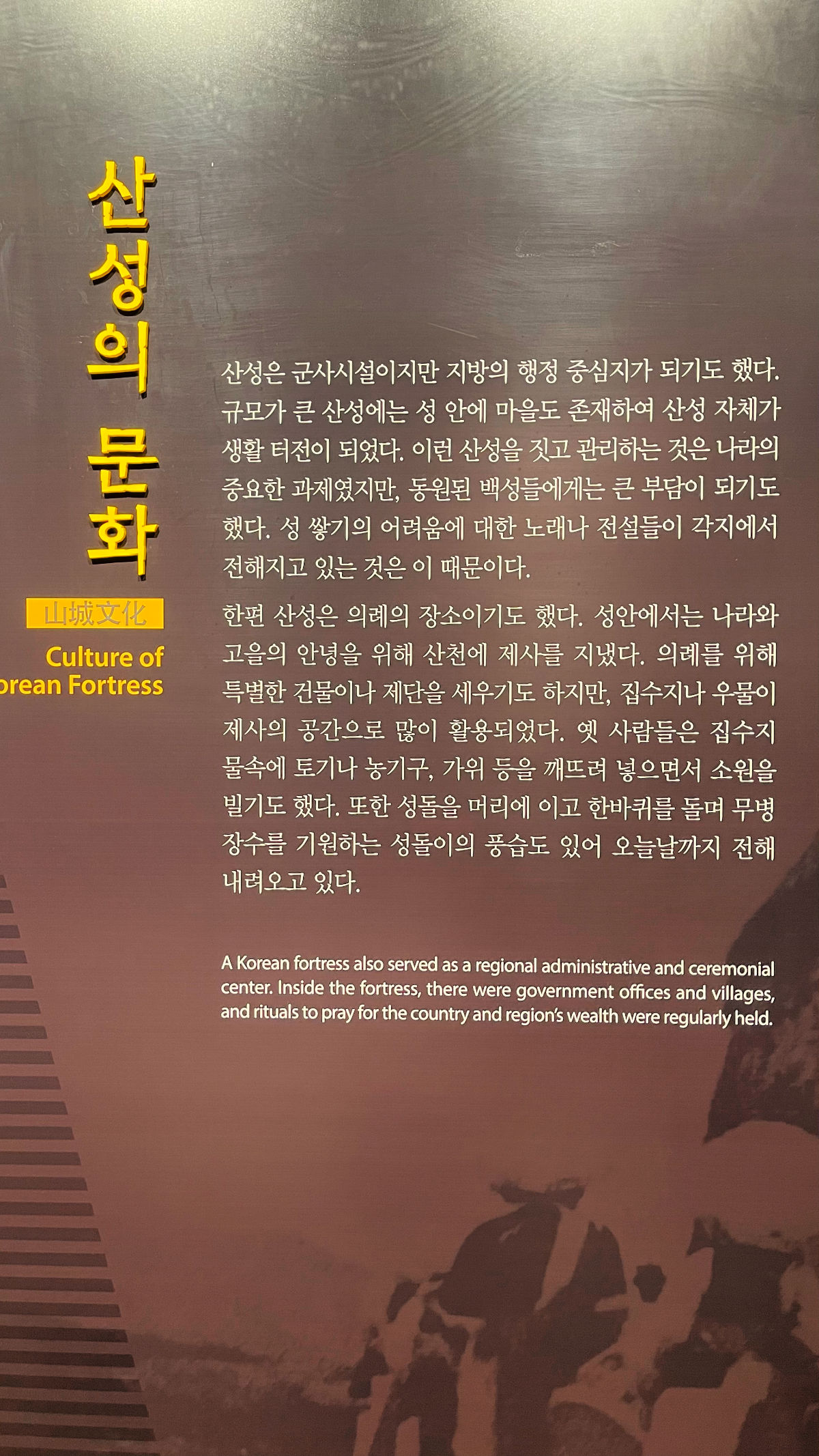 Korean culture within the walls
Korean culture within the walls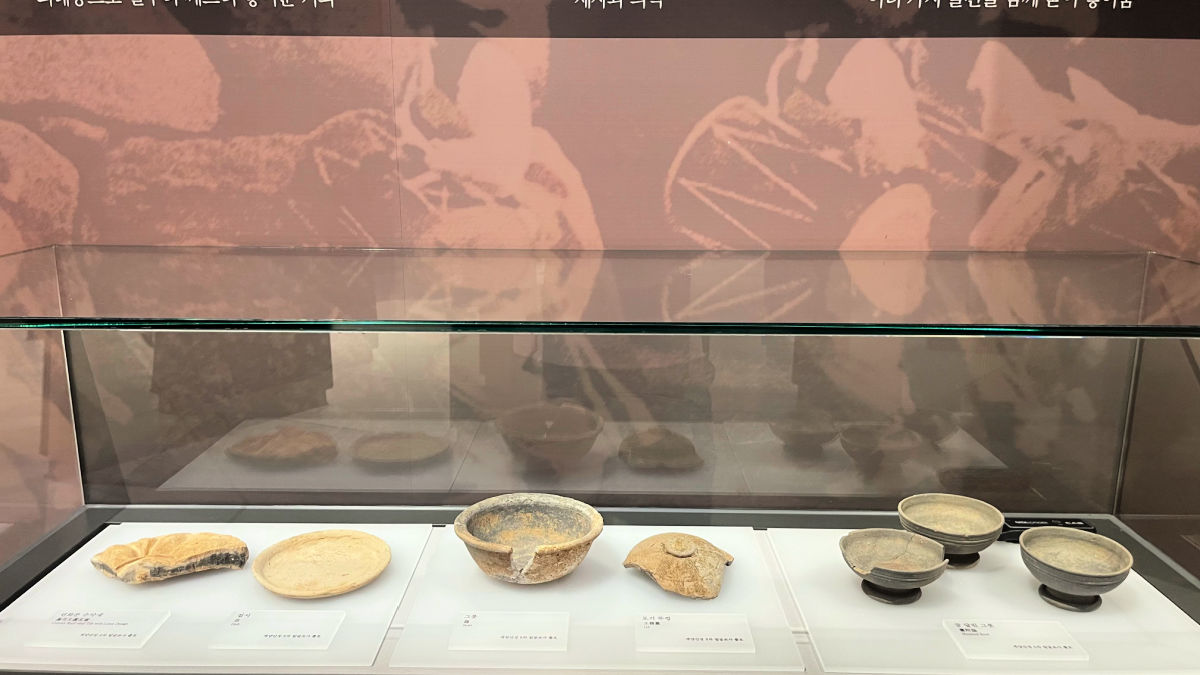 Korean potteries and other relics unearth in Gyeyangsan Mountain Fortress (Gyeyangsan Sanseong)
Korean potteries and other relics unearth in Gyeyangsan Mountain Fortress (Gyeyangsan Sanseong)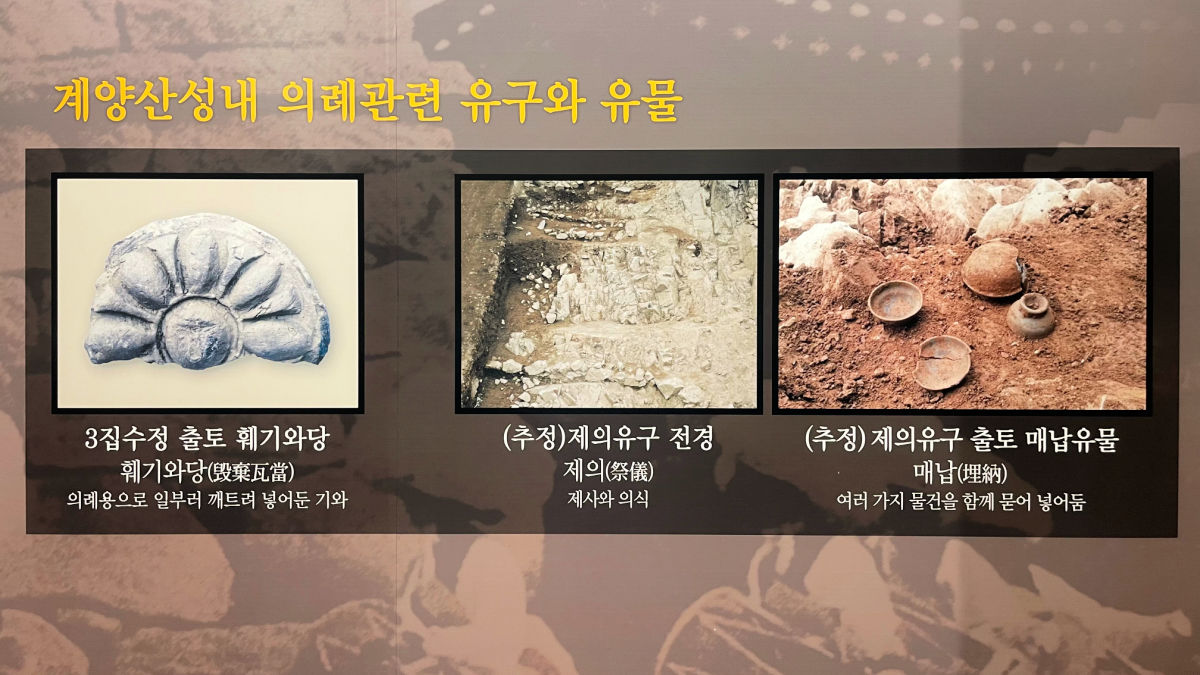 계양산성 유구와 유물
계양산성 유구와 유물World Fortresses Features
Also briefly featured at Gyeyangsanseong Museum are the world's popular walls and defences which still exist today. Some of them include the Acropolis (Greece), The Great Wall (China), Hadrian's Wall (Scotland), Sigiriya, Edinburgh Castle, Great Zimbabwe, Crac Des Chevaliers, Sacsayhua, and Neuschwasntein.
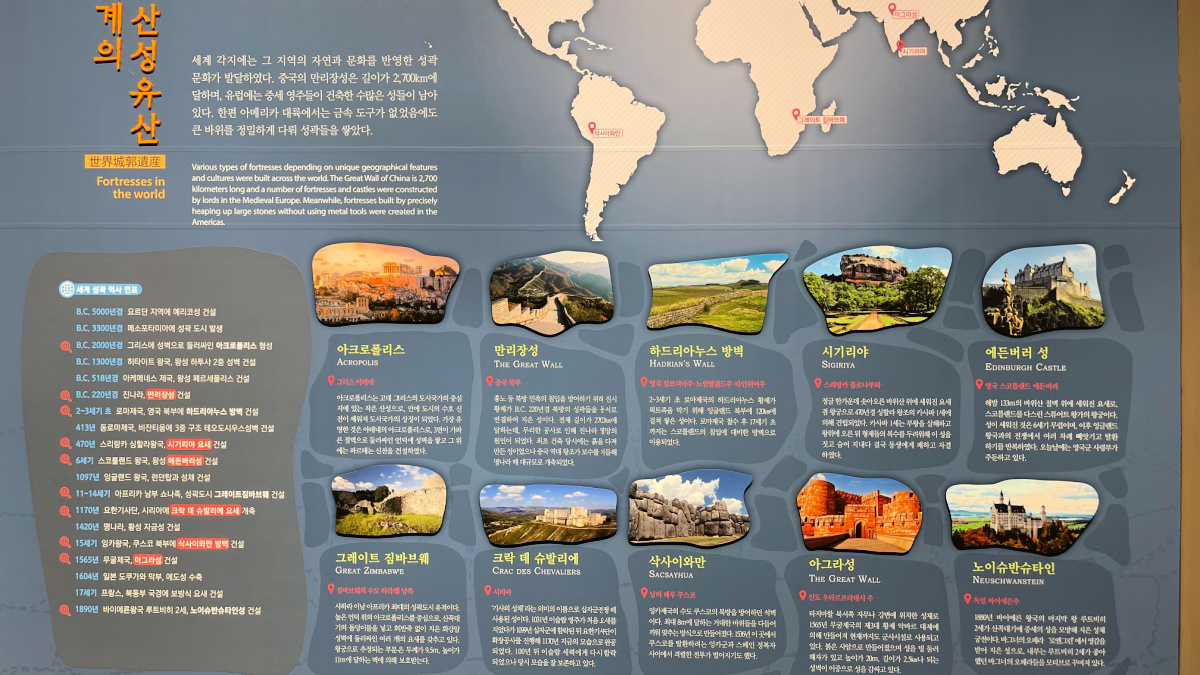 Famous world fortresses
Famous world fortresses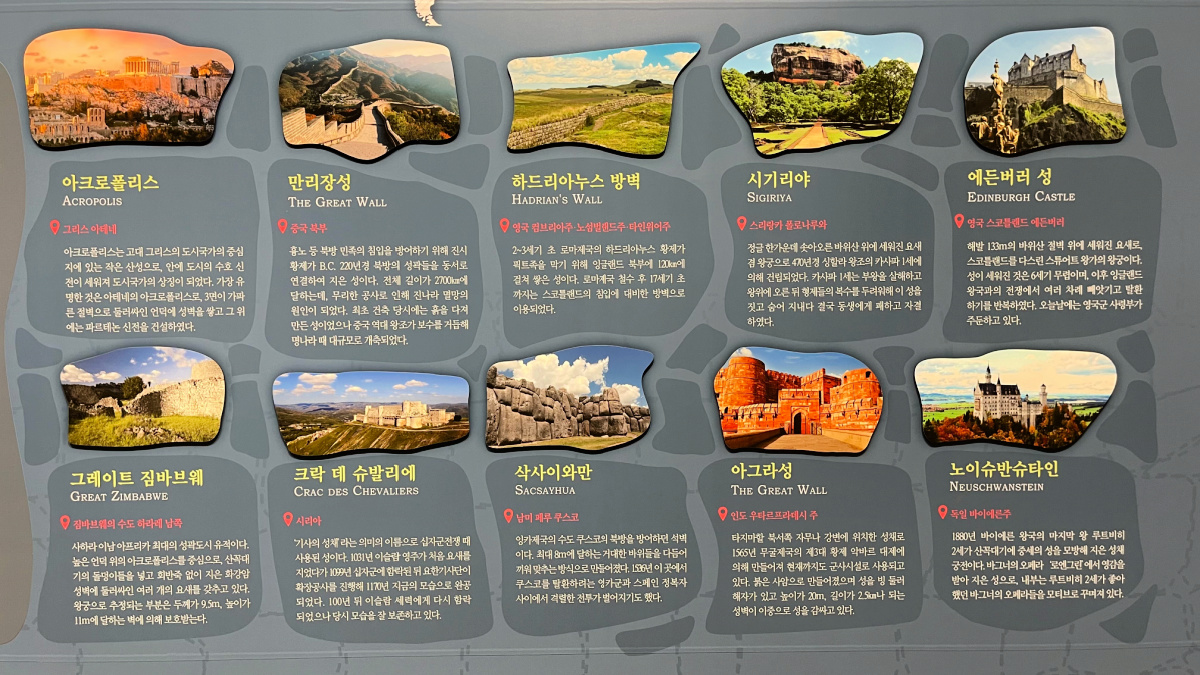 World's famous fortresses as described at Gyeyangsanseong Museum, Incheon City, South Korea.
World's famous fortresses as described at Gyeyangsanseong Museum, Incheon City, South Korea.Gyeyang Fortress: Information
Gyeyangsanseong Fortress is one of Incheon area's fortresses built in the past. It is located at the foort of Gyeyang Mountain, which is 395 meters above sea level. The fortress was about 1,180 meters in circumference and its walls were about 7 meters tall.
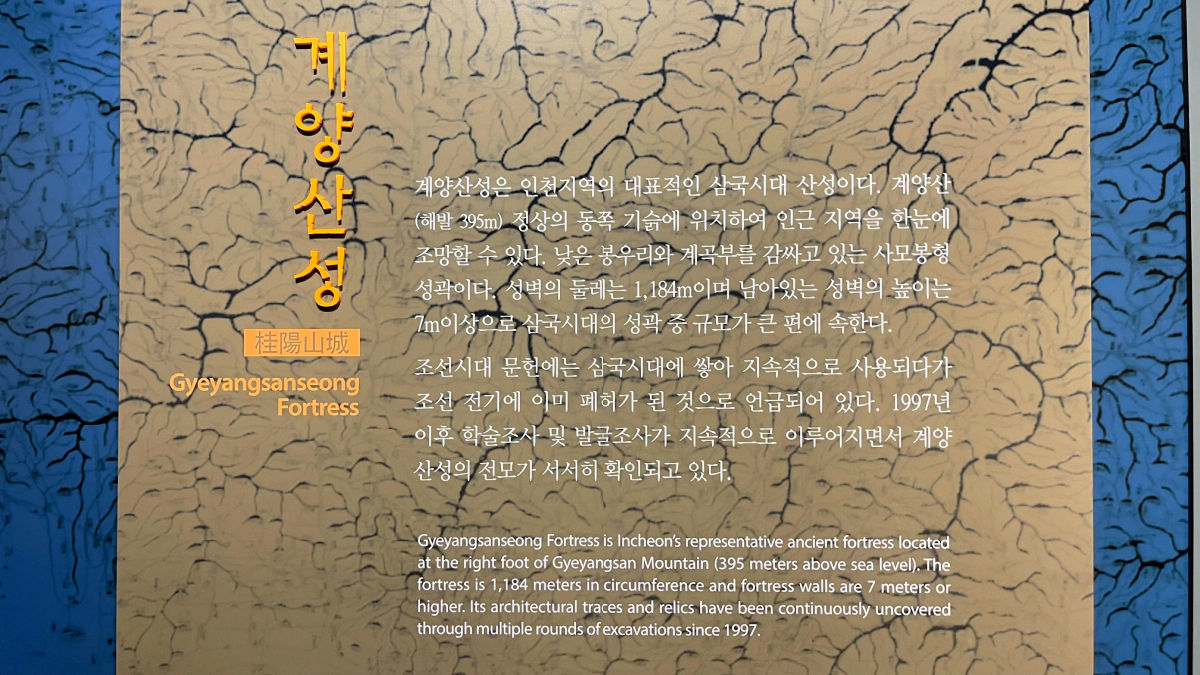 Gyeyangsanseong Fortress map and descriptions
Gyeyangsanseong Fortress map and descriptions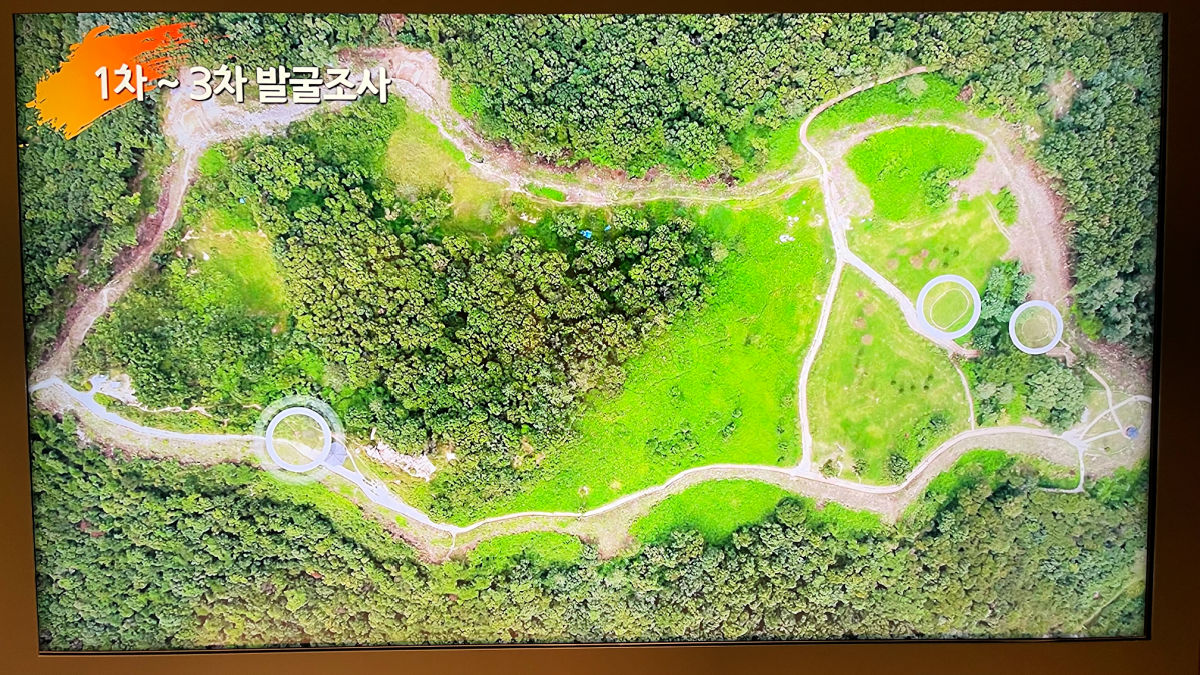 Research and excavation map of Gyeyangsanseong Fortress at Gyeyangsanseong Museum
Research and excavation map of Gyeyangsanseong Fortress at Gyeyangsanseong MuseumGyeyang Fortress Modern Images
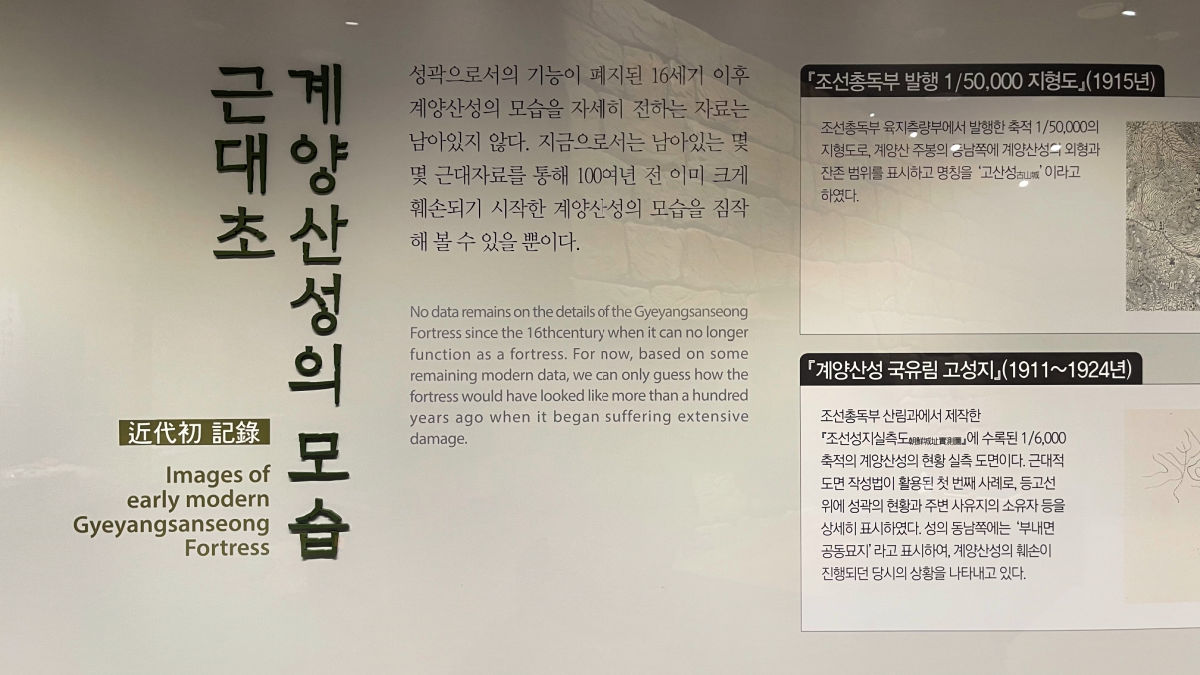 Images of early Gyeyangsanseong Fortress
Images of early Gyeyangsanseong Fortress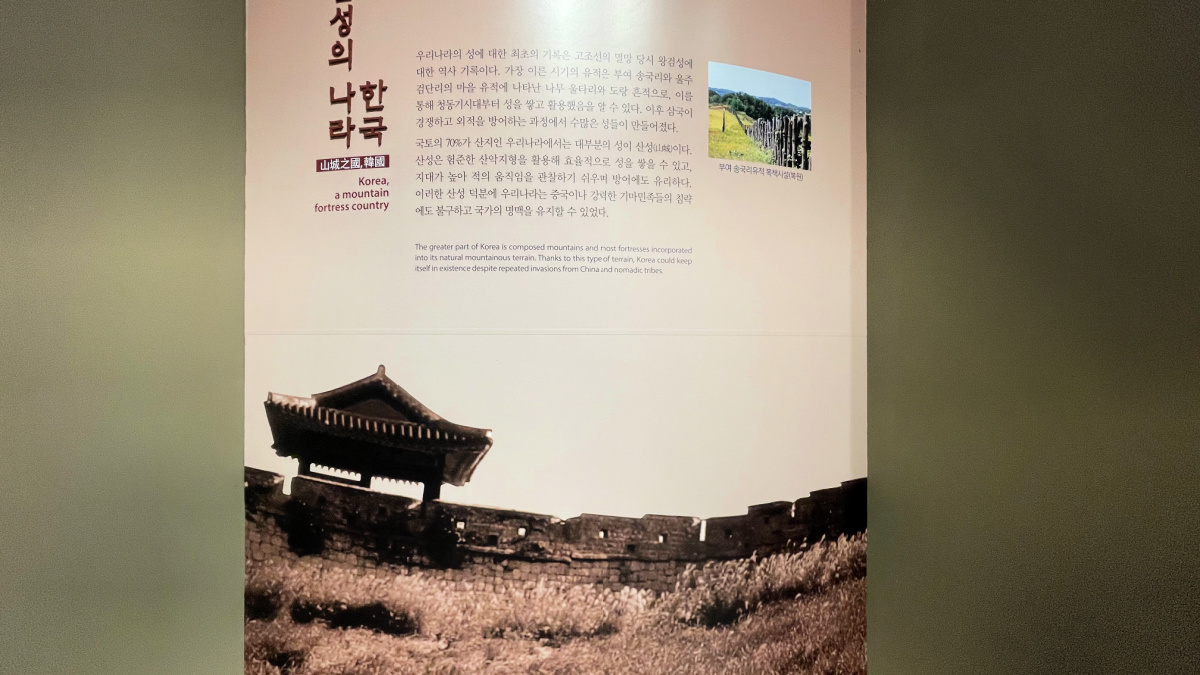 Korea - a mountain fortress country!
Korea - a mountain fortress country!Reconstructing Gyeyang Fortress
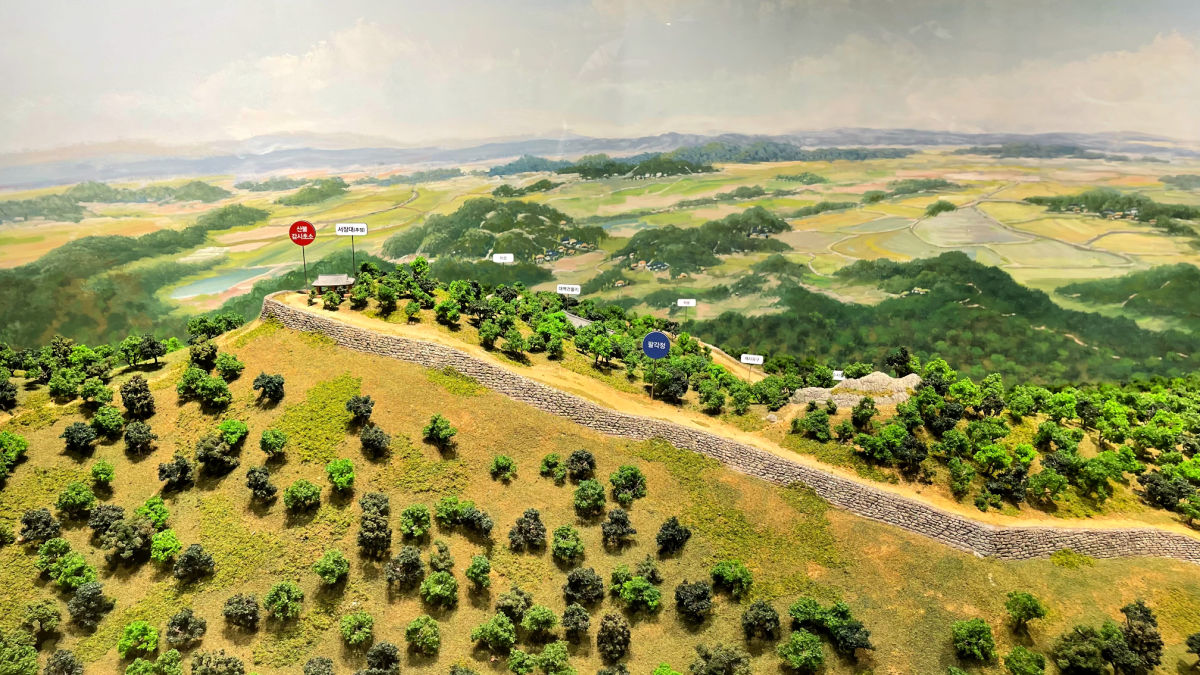 Reconstructing Gyeyang Fortress with a miniature Gyeyangsanseong
Reconstructing Gyeyang Fortress with a miniature GyeyangsanseongGetting to Gyeyangsanseong Museum
Getting to Gyeyangsanseong Museum is easy and very much accessible to private and public vehicles. Local buses drop by right in front of the museum, while the Incheon Subway Station is about 5 minutes away from the museum.
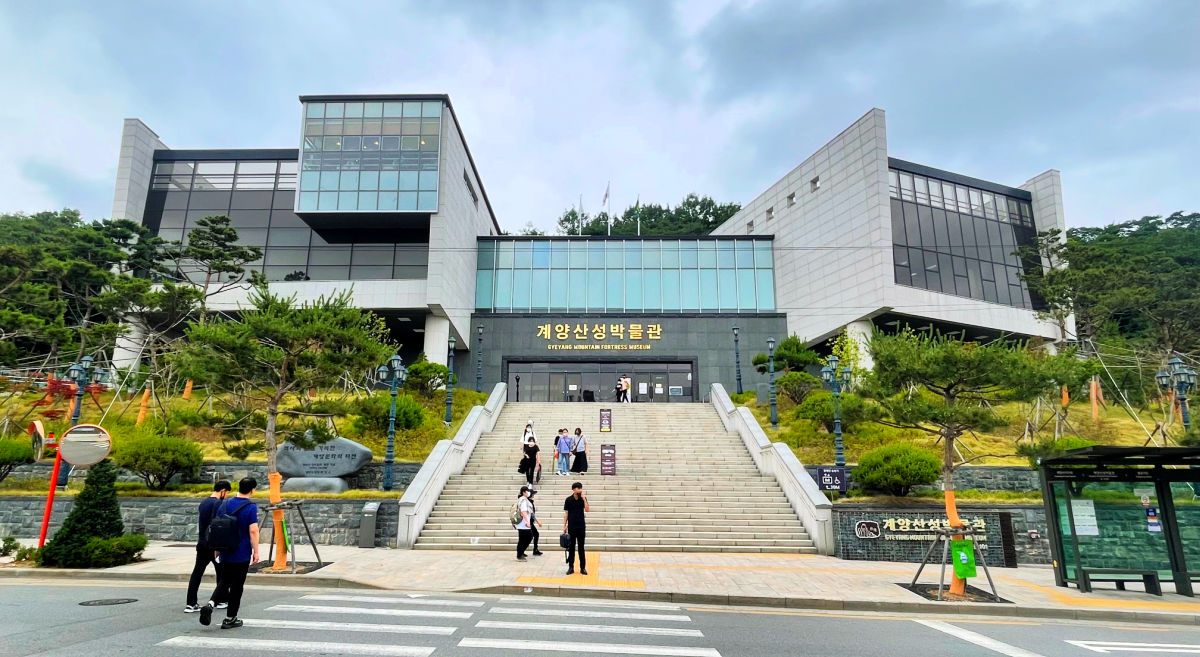 A front view of Gyeyangsanseong Museum across the road
A front view of Gyeyangsanseong Museum across the roadSUBWAY
Take Incheon Line 1 and get off at Gyesan Station. Come out from either Exit 5 or 6 and follow the signage. From Seoul of Incheon International Airport, take the Airport Line and get off at Gyeyang Station to transfer for Incheon Line 1. The last stop of this Incheon Line is Songdo.
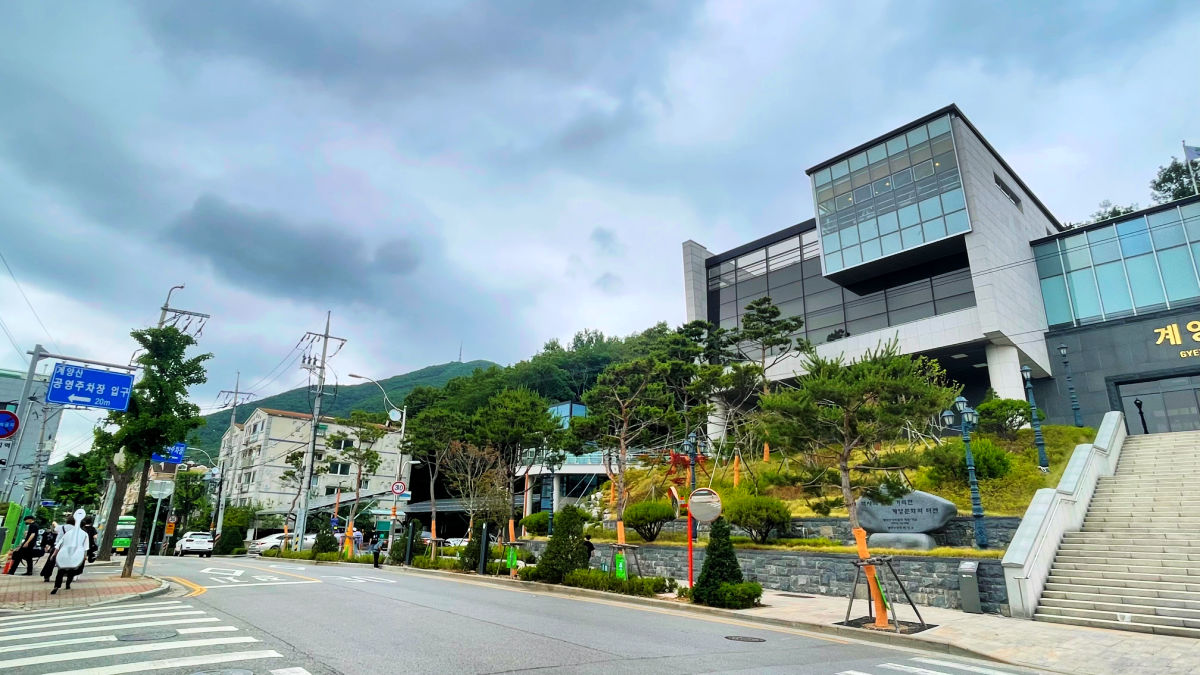 A sight of Gyeyangsanseong Museum and the main road in front of it.
A sight of Gyeyangsanseong Museum and the main road in front of it.- Home
- 15 Top Incheon Attractions
- Gyeyangsanseong Museum
Get Exciting Activities
Book one of our exciting activities today to experience the thrill of a lifetime! Take advantage of this opportunity and secure your spot in advance.
Hotel Map Guide
Find your affordable, accessible, and comfortable hotel in Seoul at Agoda.Com. See the hotel map below...
Hotel Booking Guide
Find affordable and amazing hotels on Agoda.com using the search box below. Book now to enjoy great discounts and save!



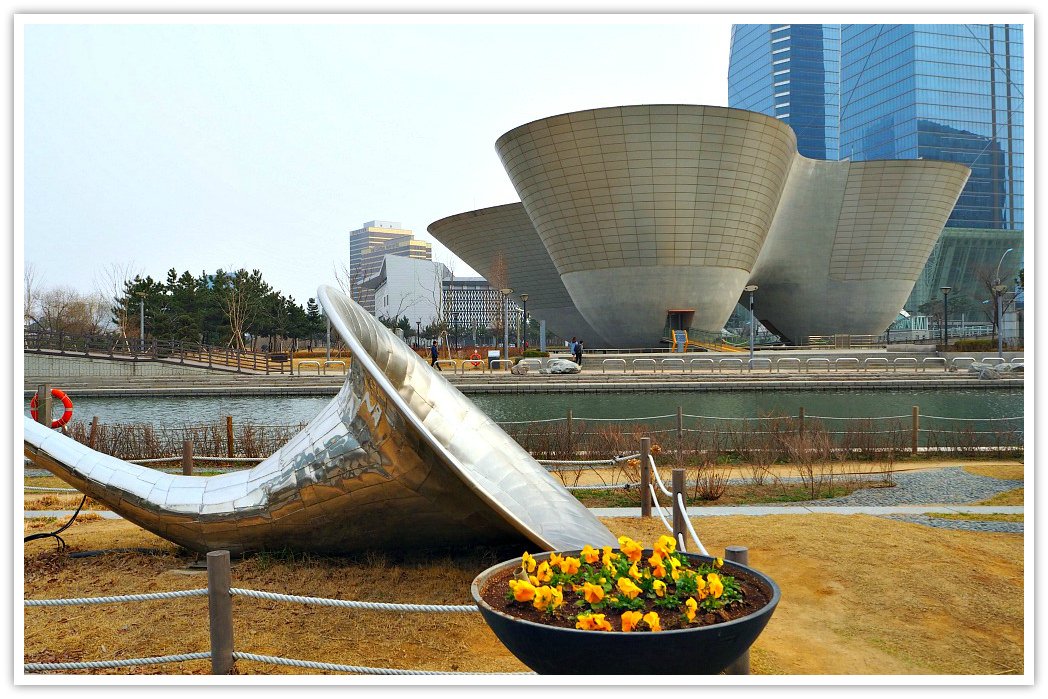




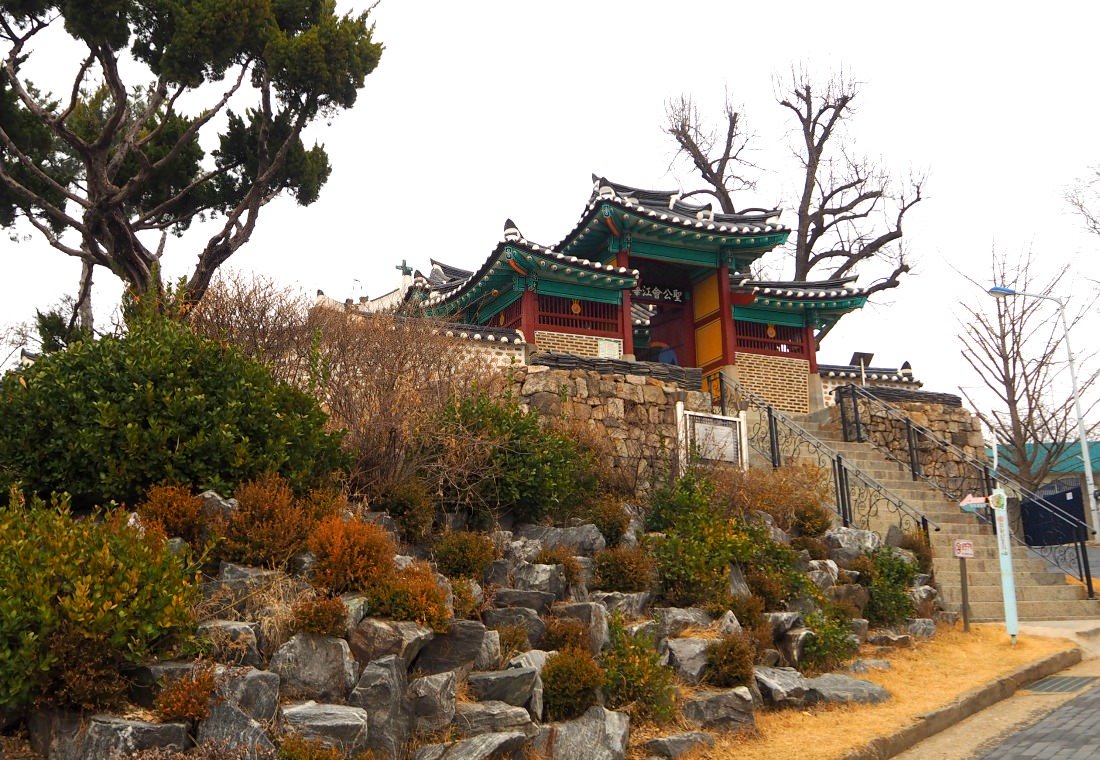


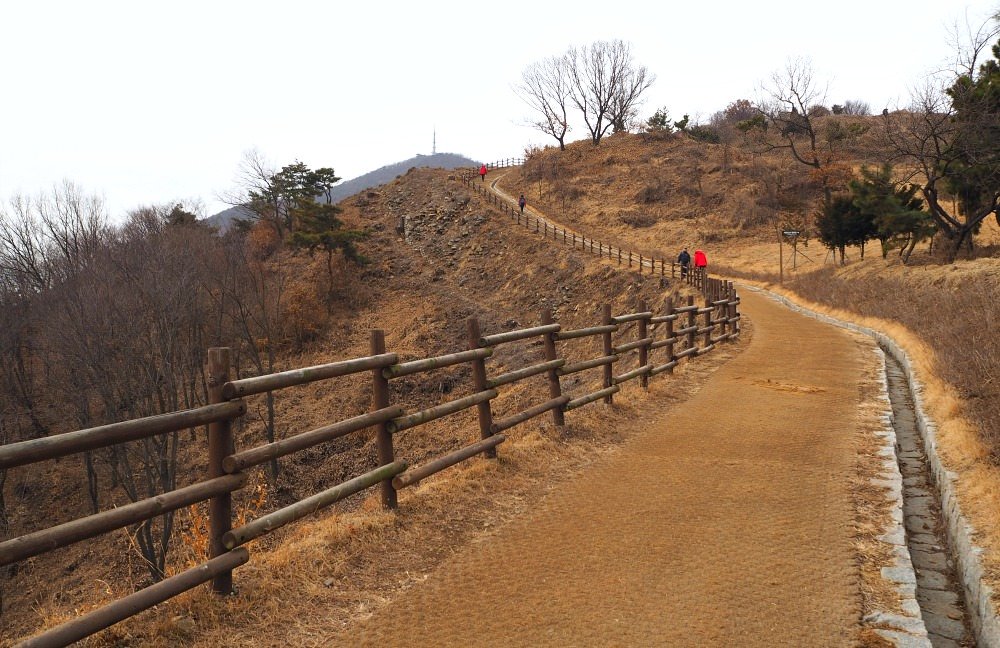
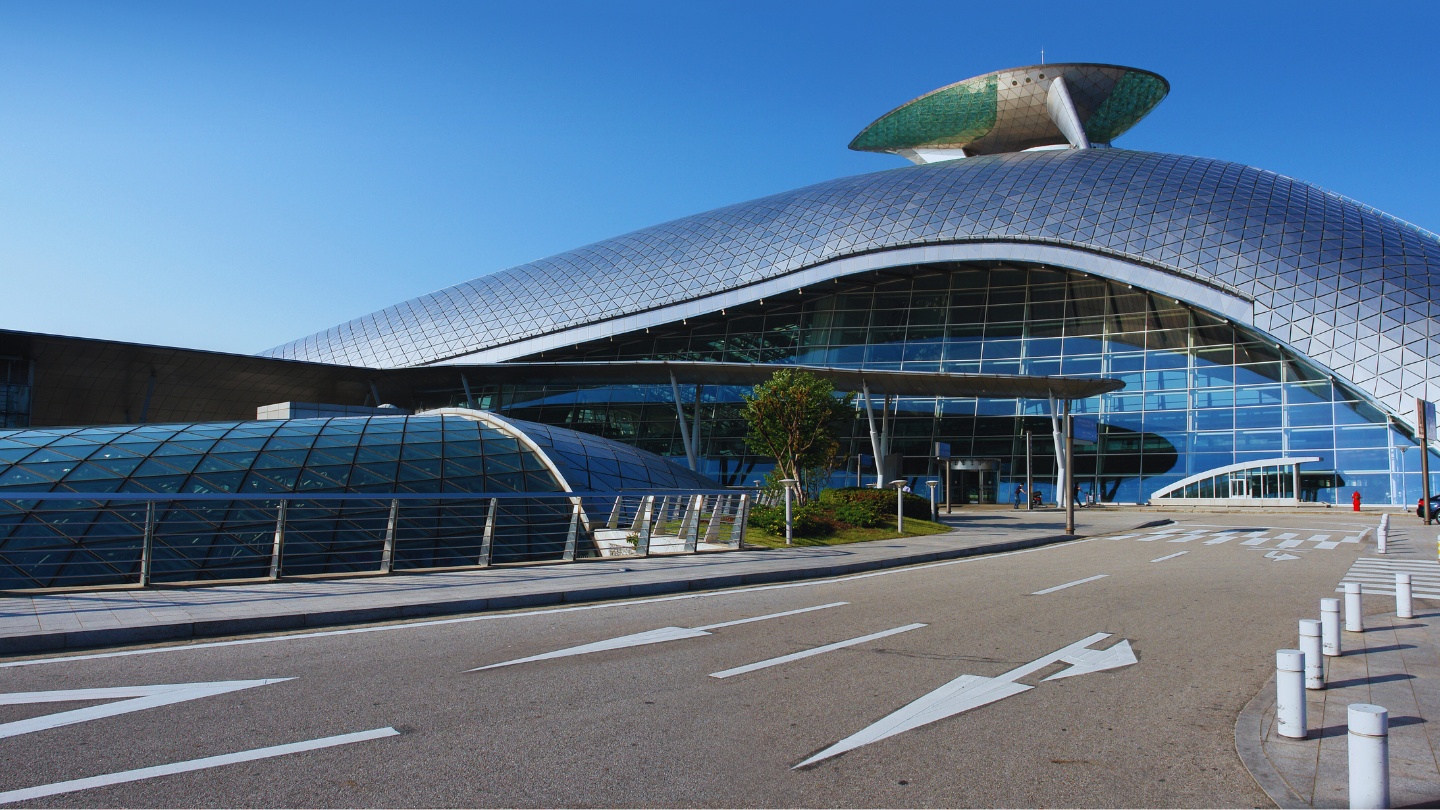
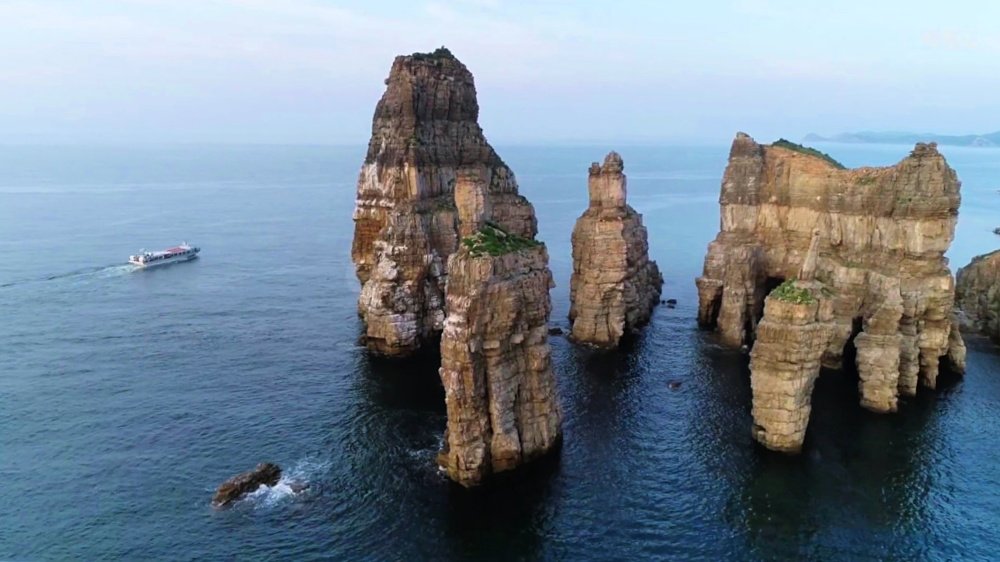
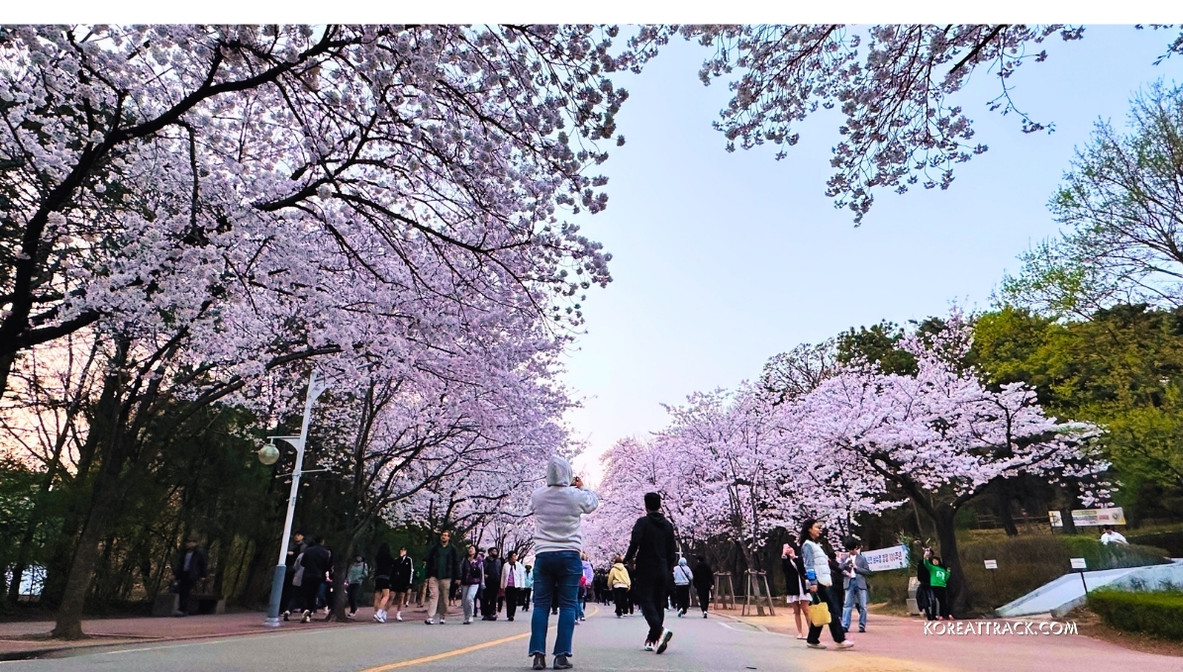








New! Comments
What do you think about this page? Leave me a comment in the box below.